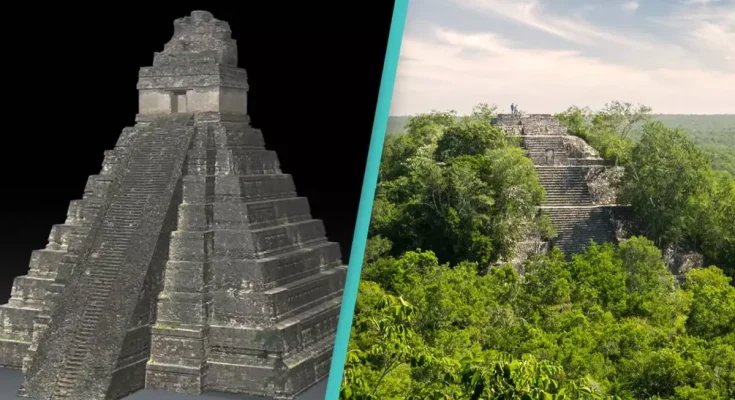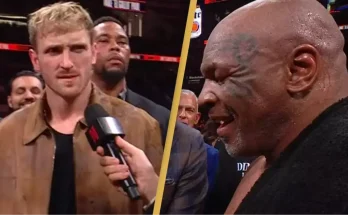This discovery would likely trump your trip to Latin America
A series of discoveries is currently reshaping what we know about ancient Latin American society and the find was made by pure accident.
In what will likely make for the ultimate travel story, a small group of archeologists were able to name an ancient civilization city after discovering it.
Luke Auld-Thomas, Ph.D. candidate in Archeology at Tulane University, made the discovery while in a small team in the southeastern state of Campeche, Mexico.
He and the archeologists found pyramids, sports fields causeways connecting districts and amphitheaters in the ancient Maya city, which they took to naming Valeriana.
He and his colleagues named the city after a nearby lagoon.
The team discovered three sites in total, in a survey area the size of Scotland’s capital Edinburgh, and said they did so ‘by accident’ when one browsing data on the internet.
Auld-Thomas said: “I was on something like page 16 of Google search and found a laser survey done by a Mexican organization for environmental monitoring.”
I don’t really know how the technology works but in simple terms, the archeologists stumbled upon a Lidar survey. It is a remote sensing technique that fires thousands laser pulses from a plane and maps objects below using the time the signal takes to return.
Thankfully, when Auld-Thomas processed the data, he spotted what others had previously missed. They had missed a huge city which is believed to have homed 30-50,000 people at its peak, which has been estimated to have been from 750 to 850 AD, according to a BBC report.

A Mayan temple similar to that found in Valeriana (BBC)
Auld-Thomas spoke to the BBC and spoke of what the city may have been like based on the information we already know as well as the discovery itself.
He said: “It would have been a very colorful, very lush and a very striking environment to move through.
“Things like palaces and temple pyramids, all of those would have been covered in lime plaster and then painted red, pink and yellow and black.
“There would have been clusters of buildings where people mostly spent their time making ceramics or mostly spent their time shaping stone tools.

Luke Auld-Thomas broke down his major discovery in an interview (BBC)
“In this part of the world, there is also some evidence of market places.”
The city, which was about 16.6 sq km, had two major centres with large buildings around 2km (1.2 miles) apart, linked by dense houses and causeways.
The archeologists also said it was ‘hiding in plain sight’ as it was only a 15 minute hike from a major road near Xpujil, where mostly Maya people now live.



